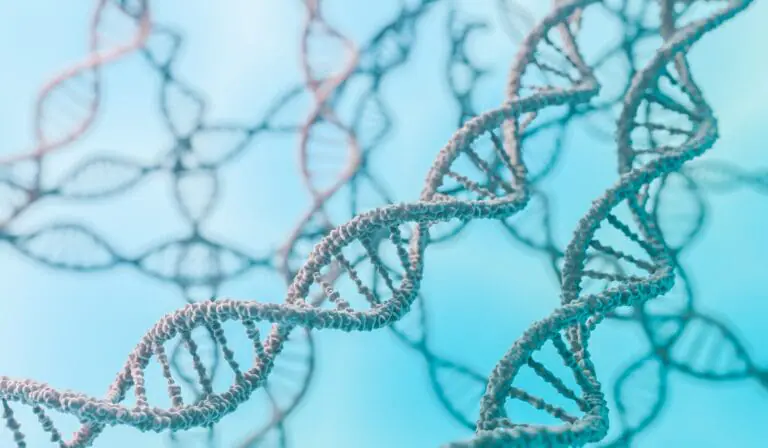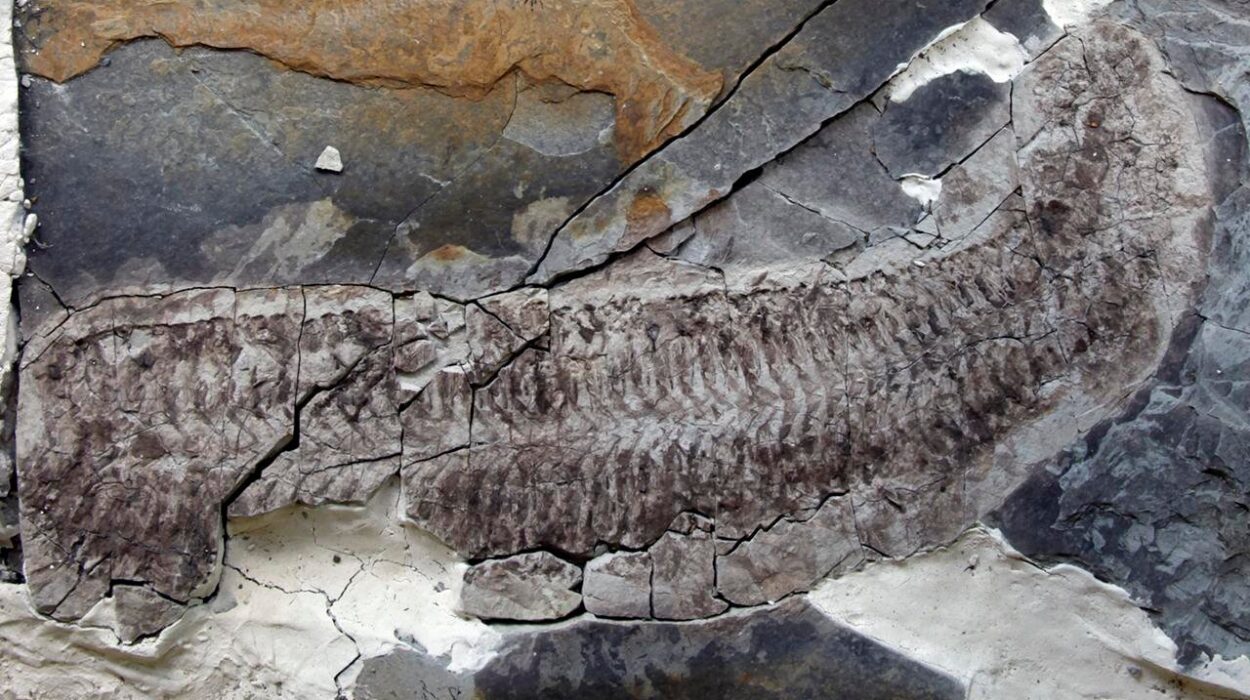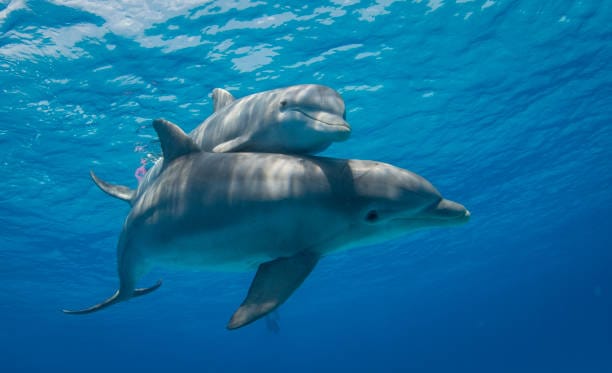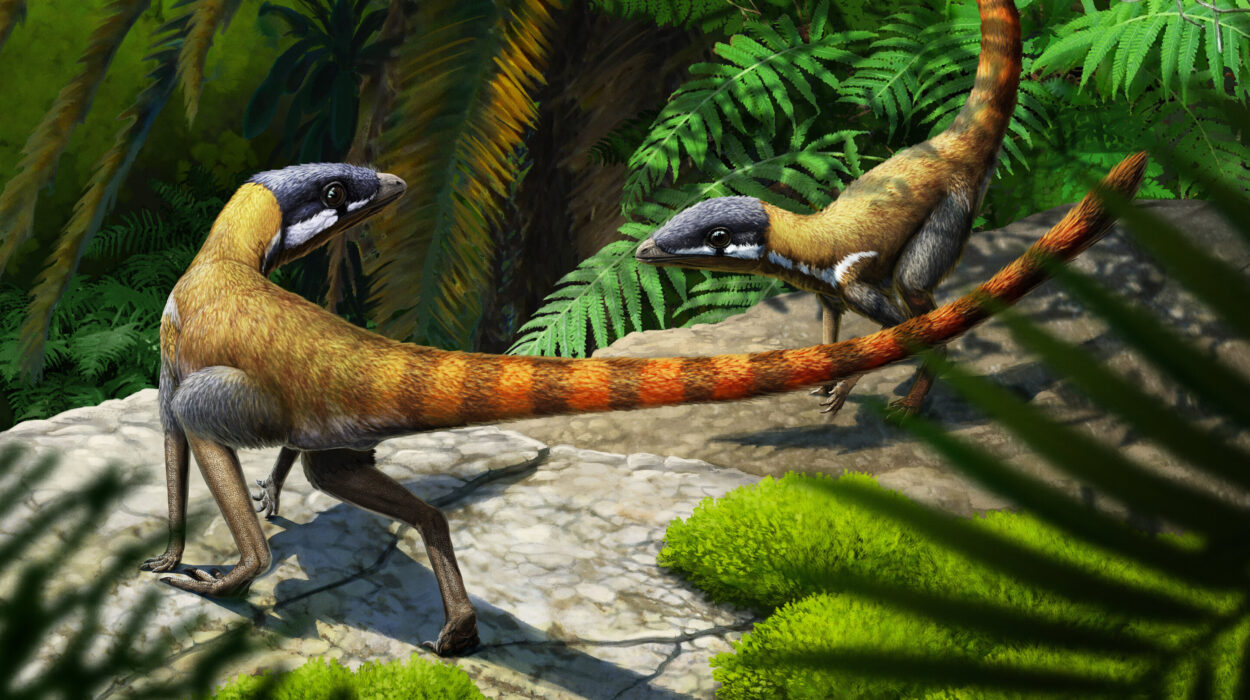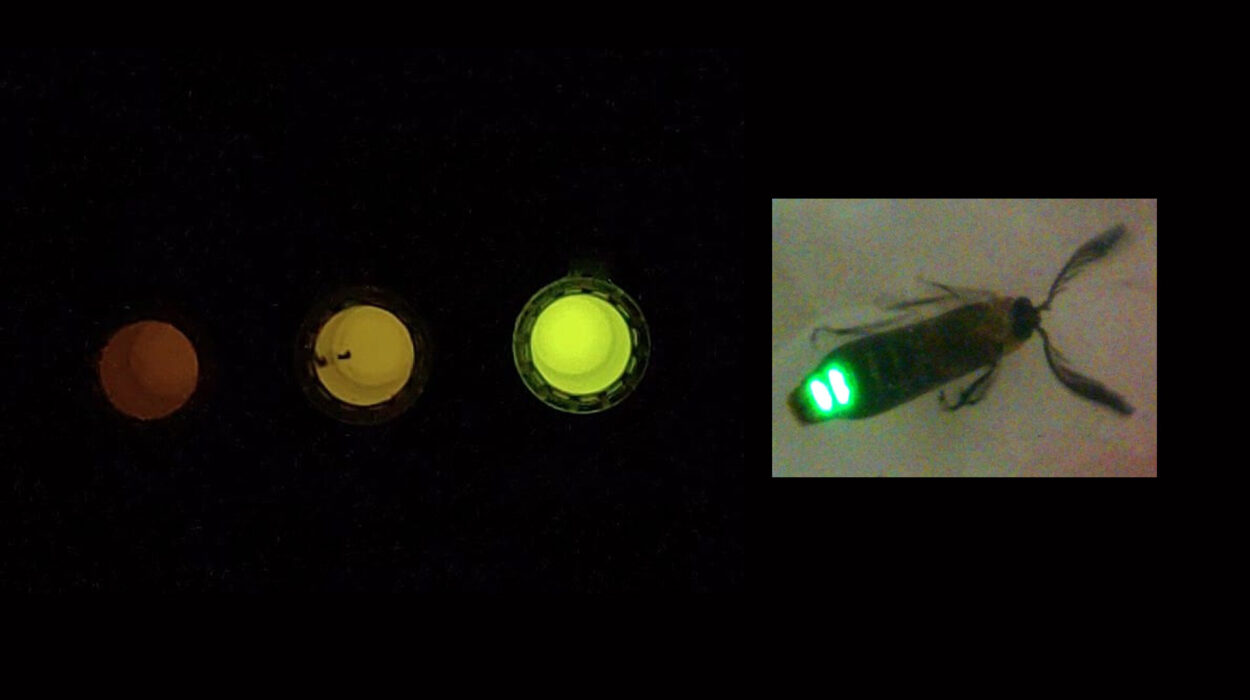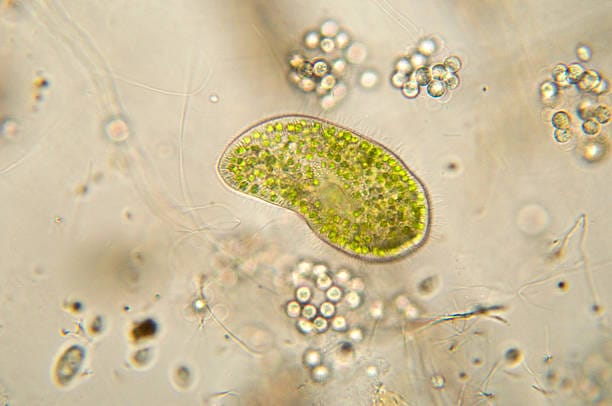There is something almost magical about the way the past speaks to us—through broken bones, imprints of leaves, ancient teeth, and weathered footprints. But few remnants are as unexpectedly illuminating as those that were once dismissed, overlooked, or even laughed at. Imagine holding in your hand not a skull, not a shell, but something far more humble—fossilized dung. It may sound comical, but this is no ordinary relic. It is a coprolite—a fossilized excretion that carries within it a treasure trove of biological and ecological secrets.
To the untrained eye, a coprolite might resemble a rock of curious shape and texture. But to paleontologists, it is a direct message from a creature that lived and breathed—an animal’s final digestive testament, captured in stone. These fossilized droppings are not merely the byproducts of ancient appetites; they are ancient time capsules. With care and curiosity, scientists have cracked them open to reveal what creatures ate, how they lived, and even how entire ecosystems were connected.
From Waste to Wonder: The History of Coprolite Discovery
The word “coprolite” was coined in 1829 by English geologist William Buckland, one of the earliest pioneers in paleontology. At a time when the science of fossils was still in its infancy, Buckland recognized something remarkable about certain stones found in association with fossilized bones. These oddly shaped objects were not just rocks, he suggested—they were fossilized feces.
Buckland’s discovery raised eyebrows, of course. The Victorian scientific community was not exactly thrilled to be talking about ancient poop. But Buckland pressed forward, because he understood what few others had realized: these strange specimens could provide direct, unfiltered information about prehistoric diets. His observations laid the foundation for an entirely new way of understanding the fossil record—not from the bones outward, but from the belly in.
Over time, as paleontology matured, the importance of coprolites became more widely appreciated. Advances in microscopy, chemical analysis, and imaging have only deepened our understanding. Today, coprolites are considered some of the most revealing fossils in existence—not in spite of what they are, but because of it.
What Exactly Is a Coprolite?
A coprolite is the fossilized remains of animal excrement. The name comes from the Greek kopros (dung) and lithos (stone), literally meaning “dung stone.” Unlike a mere trace or impression, a coprolite is a physical relic—an actual piece of matter that has been chemically and physically transformed over millions of years into stone.
The process begins when feces are rapidly buried in sediment, often in an aquatic or low-oxygen environment that slows decomposition. Over time, the organic material is gradually replaced by minerals such as calcium phosphate, iron, or silica. The result is a preserved form that retains not only the shape but sometimes the contents of the original material.
This means that a coprolite can preserve minute details such as undigested bone fragments, scales, plant fibers, muscle tissue, insect parts, and even parasitic worms. In essence, a coprolite is a microcosm of the diet and health of an individual animal. It is fossilized behavior—an imprint not of form, but of function.
The Anatomy of Ancient Appetite
If you want to know what an extinct creature ate, there are few better places to start than with a coprolite. While teeth can suggest whether an animal was a herbivore or carnivore, a coprolite can reveal precisely what it consumed—down to the species level.
Carnivorous coprolites, for instance, often contain bone fragments, fish scales, or bits of shell. Herbivorous coprolites might be packed with fibrous plant remains, seeds, or pollen. Some specimens have shown evidence of crushed insects, suggesting opportunistic feeding behavior. Others contain entire bones, indicating either high digestive resilience or perhaps an incomplete digestion process.
One of the most striking discoveries in coprolite research involved the analysis of a 75-million-year-old coprolite from a theropod dinosaur, likely Tyrannosaurus rex. Inside the fossilized droppings, scientists found pulverized bone fragments, suggesting that the dinosaur not only devoured its prey but crushed the bones during consumption—a behavior known as osteophagy. This kind of data would be impossible to infer solely from skeletal remains.
And then there are the unexpected findings—bits of charcoal suggesting an animal had ingested burned plant matter, perhaps as a result of grazing after a forest fire. Such clues expand our understanding not only of individual species but of entire ecosystems and environmental conditions.
Tracking Prehistoric Ecosystems Through Excrement
The insights from coprolites go beyond individual diets. Because feces are produced frequently and in abundance, their fossilized forms offer a statistically rich dataset. Studying coprolites in large numbers allows paleontologists to reconstruct ancient food webs and ecosystems with remarkable detail.
For instance, coprolites have revealed predator-prey relationships that were otherwise unknown. In one case, coprolites from an extinct shark species contained the scales of a specific type of ray, suggesting regular predation. In another, coprolites from marine reptiles yielded the remains of ammonites—spiral-shelled mollusks that were once dominant in the oceans.
Coprolites can also reflect seasonal shifts in diet. A series of dung fossils from a herbivorous dinosaur might show an abundance of flowering plant material during certain times of the year and conifer needles at others. This kind of seasonal variance is critical in understanding how ancient animals migrated, bred, and survived environmental pressures.
Moreover, coprolites have proven invaluable in paleoenvironmental reconstructions. Because feces often contain material from both animal and plant sources, they serve as composite samples of the broader ecosystem. They may include pollen from distant regions, suggesting travel or wind patterns. They may harbor spores, hinting at the prevalence of fungi. They may even preserve chemical signatures of ancient freshwater or marine environments.
Parasites, Disease, and the Prehistoric Gut
Perhaps one of the most fascinating aspects of coprolite research is its contribution to paleopathology—the study of ancient diseases. Within the fossilized remains of feces, scientists have identified the eggs of parasitic worms, fungal spores, and even signs of bacterial infections.
These findings open a rare window into the health and biology of ancient creatures. A parasite egg embedded in a coprolite might indicate that an animal suffered from a chronic infection. Multiple parasite types in a single sample might suggest a weakened immune system or a particularly hazardous environment. In some cases, coprolites have even helped confirm the presence of zoonotic diseases—those that can pass between animals and humans—in prehistoric times.
This branch of study is not only academically intriguing, but it also informs our understanding of evolutionary biology and the long history of disease. It suggests that humans were not the first to suffer from tapeworms or gut infections. Such afflictions are woven deeply into the history of vertebrate life.
Coprolites and Human History
The value of coprolites is not limited to the ancient lives of dinosaurs and mammoths. Fossilized feces have also provided groundbreaking insights into human evolution, diet, migration, and culture. Human coprolites—also known as paleofeces—have been discovered in archaeological sites across the globe, from dry caves in the American Southwest to the ancient latrines of Mesopotamia.
These coprolites have been used to trace the spread of agriculture, the domestication of plants and animals, and even social practices. For example, some human coprolites contain traces of non-nutritive materials such as charcoal or clay, suggesting ritual or medicinal ingestion. Others reveal evidence of meat, maize, shellfish, or tubers—providing a culinary map of ancient diets.
Most strikingly, the DNA preserved in human coprolites—both from the person who deposited it and the microbial communities living in their gut—has given scientists clues about ancient human migration and microbiome evolution. By sequencing ancient fecal material, researchers have been able to identify shifts in diet, changes in gut flora, and even track how certain diseases evolved alongside us.
The Art and Science of Coprolite Analysis
Extracting information from coprolites is a delicate and complex process. First, the coprolite must be identified—no easy feat, since many resemble simple rocks. Paleontologists look for telltale features: spiral patterns (often indicative of fish or sharks), embedded bones, or a characteristic mineral composition.
Once identified, the coprolite is carefully sliced into thin sections and examined under microscopes. Researchers may also employ scanning electron microscopy, X-ray fluorescence, and even mass spectrometry to analyze the internal structure and chemical composition. In some cases, non-invasive methods such as CT scanning are used to avoid destroying rare specimens.
DNA analysis, when possible, is conducted with extreme caution to avoid contamination. Because ancient fecal DNA is often degraded, sequencing requires high-precision techniques and careful interpretation.
What emerges from this suite of techniques is a surprisingly rich profile—not only of the individual animal or human but of the environment, ecosystem, and even the moment in time when the coprolite was formed.
A Fossilized Record of Life’s Messy Brilliance
The poetic beauty of paleontology lies in its ability to reassemble long-lost lives from fragmentary remains. A tooth here, a rib there—and sometimes, a perfectly preserved piece of poop. What might seem crude or even repulsive becomes profound when viewed through the lens of scientific inquiry.
Coprolites remind us that life is not just about birth and death, but also about digestion, waste, and transformation. They connect us not only to the anatomy of ancient creatures but to their behavior, ecology, and even psychology. What did a predator hunt? What did a grazing dinosaur prefer to munch on? What pathogens lurked in the gut of early humans?
These questions are not trivial. They are the foundation of our understanding of life’s deep history. And they are answered not in monumental skeletons or towering fossils, but in the smallest, most humble of remains.
The Unexpected Allure of Prehistoric Poop
There is something delightfully subversive about the idea that one of the most scientifically valuable fossils is also the most taboo. In a discipline often dominated by grandiose reconstructions and majestic fossil skeletons, coprolites serve as a reminder that truth hides in the mundane. The biological leftovers of a prehistoric meal may lack the cinematic glamor of a Tyrannosaurus skull, but they hold truths no bone can tell.
To study a coprolite is to confront the shared bodily reality of all creatures—to recognize that digestion, like death, is a universal condition. Whether predator or prey, giant or microscopic, all life passes through the same cycles. And in those cycles, there is wonder.
The Future of Coprolite Research
Coprolites are now gaining new prominence in the scientific world. With the rise of ancient DNA research, microbiome analysis, and isotopic geochemistry, coprolite science is undergoing a renaissance. Each new specimen offers a new question to ask: What can we learn about climate change from shifts in ancient diet? Can we map the evolution of gut bacteria across millennia? Could coprolites help us better understand extinction events?
The answers lie not just in what coprolites are, but in what they represent: a fossil record of life’s messiest, most intimate processes. They are not merely the leftovers of history—they are its hidden voice.
Conclusion: Stones That Speak
In the grand cathedral of Earth’s memory, coprolites are perhaps its most honest relics. They speak not of heroism or grandeur, but of reality—of hunger, biology, instinct, and survival. They capture the ordinary moments that make up extraordinary lives.
And so, as we dig into the ground and uncover bones, feathers, shells, and teeth, let us not forget to marvel at the lowly coprolite. For in its spiraled swirl or rough-edged mass lies a message written not in ink, but in digestion—a message that, when decoded, tells us who lived, what they ate, and how they shaped the world we inherited.
Sometimes, the past does not whisper through the ages.
Sometimes, it defecates.
And sometimes, that’s exactly what we need to understand.

